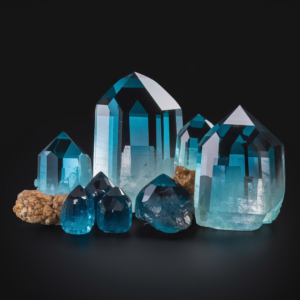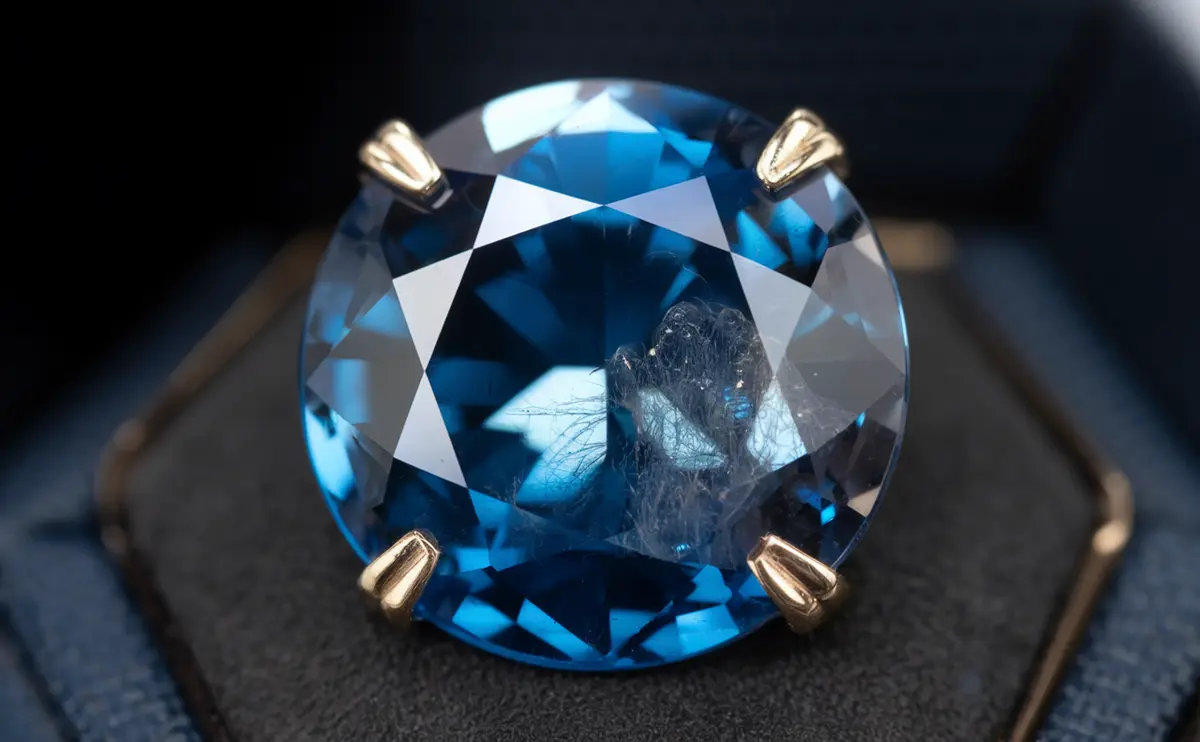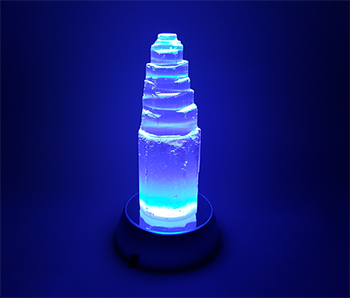Among the world’s most valuable gemstones, one name stands out for its rarity, beauty, and investment appeal: musgravite. Considered one of the ultra-rare gemstones on the planet, musgravite has captivated gem collectors, investors, and high-end jewelry designers alike. Its mysterious hues (ranging from greyish purple, greenish grey, to violet) combined with its extreme scarcity, make it one of the most desirable stones for luxury jewelry and serious collectors.
If you are exploring what musgravite is, why it holds such extraordinary value, or how it compares to other rare gems, this guide covers everything you need to know.
Table of Contents – Jump to
- What Is Musgravite?
- Musgravite Properties and Mineral Facts
- Where Is Musgravite Found? (Origins & Locations)
- Why Is Musgravite So Valuable?
- Musgravite Price: How Much Is Musgravite Worth?
- Musgravite vs Other Gemstones
- How Musgravite Forms
- Musgravite Jewelry Guide
- How to Identify Musgravite
- Musgravite Care: How to Clean & Maintain the Gemstone
- Is Musgravite a Good Investment?
- Final Thoughts
- Everything You Need to Know About Musgravite
What Is Musgravite?
Musgravite (sometimes spelled muscgravite) is a magnesium-rich gemstone belonging to the taaffeite group minerals, closely related to magnesiotaaffeite. First discovered in 1967 in the Musgrave Ranges of Australia, this gemstone remained practically unknown for decades due to its near-nonexistent supply.
Today, only a handful of gem-quality musgravite stones are found each year, making it rarer than almost any jewel on Earth, including diamond, sapphire, and even alexandrite.
Musgravite Properties and Mineral Facts
Understanding musgravite’s physical and optical characteristics is essential for gem buyers, jewelers, and collectors.
Musgravite Chemical Formula
Be(Mg,Fe,Zn)₂Al₆O₁₂
Musgravite Hardness
On the Mohs scale: 8 – 8.5
This level of hardness makes musgravite strong enough for everyday jewelry use, including rings.
Musgravite Crystal Structure
Hexagonal—responsible for its exceptional clarity and luster when cut.
Musgravite Refractive Index
Approximately 1.739 – 1.746, giving musgravite a bright, attractive brilliance.
Musgravite Color
Typical hues include greyish purple, greenish grey, and violet. These subtle tones contribute to its sophisticated appeal in luxury jewelry.
Musgravite Luster, Clarity & Transparency
Luster: Vitreous
Transparency: Transparent to translucent
Clarity: High clarity is extremely rare, and stone quality affects pricing dramatically.
These physical traits make faceted musgravite remarkably beautiful when cut by a professional gem cutter.
Where Is Musgravite Found? (Origins & Locations)
Although the gem was first discovered in Australia, musgravite is now found in very small quantities in a few additional regions.
Main Musgravite Locations
Musgravite Australia – Musgrave Ranges (original locality)
Musgravite Sri Lanka – small but high-quality deposits
Musgravite Greenland
Musgravite Madagascar
Each region produces different color tones and clarity levels. However, the worldwide musgravite supply remains extremely limited, contributing heavily to its market value.
Why Is Musgravite So Valuable?
Extreme scarcity, Less than a few grams of gem-quality musgravite are found yearly worldwide. Its scarcity is the number one reason collectors and investors pursue it.
Increasing demand from gem collectors – High-end gem investors and rare stone collectors seek musgravite because supply is unstable and nearly impossible to predict.
Luxury jewelry interest – Top jewelry houses are starting to use musgravite in luxury gemstone jewelry, especially in one-of-a-kind pieces.
Exceptional physical properties – Its durability, high refractive index, and elegant colors add to its desirability.

Musgravite Price: How Much Is Musgravite Worth?
Musgravite is among the most valuable gemstones ever sold. Its price varies depending on clarity, color, cut, and origin.
High-quality musgravite can range from $20,000 to over $40,000 per carat. Extremely clean and vibrant stones can surpass $100,000 per carat, depending on market availability.
Musgravite Value Factors
- Color intensity
- Clarity (eye-clean stones are extremely rare)
- Carat weight
- Origin
- Cutting quality
- Certification
Because of the gem’s rarity, musgravite price has steadily increased over the last decade, positioning it as a strong investment gemstone.
Musgravite vs Other Gemstones
Musgravite vs Diamond
Musgravite is far rarer. Diamonds are more common but have a stronger commercial market. Musgravite is typically more expensive per carat in top quality.
Musgravite vs Sapphire
Sapphires are abundant in comparison. Musgravite features more subtle grey-purple hues. Both gemstones have a similar hardness.
Musgravite vs Taaffeite
Taaffeite is the mineral group to which musgravite belongs. Musgravite is even rarer and often more valuable. Taaffeite is typically lighter in tone.
How Musgravite Forms
Musgravite forms in beryllium-rich metamorphic environments under high heat and pressure. These geological conditions are extremely uncommon, contributing to the gem’s geological rarity. Its formation also explains why most deposits yield tiny, fractured crystals unsuitable for faceting.
Musgravite Jewelry Guide
Because of its extreme rarity, musgravite is used mainly in:
- Custom musgravite jewelry
- High-end rings and pendants
- Musgravite engagement rings for collectors seeking unique stones
- Luxury gemstone jewelry pieces
When faceted by a professional, the gemstone’s brilliance and luster stand out beautifully.
Musgravite Cutting & Faceting
Cutting must be performed by expert gem cutters to maximize clarity and brilliance. Due to the scarcity of rough stones, every carat is precious.
Safe Settings for Musgravite
Because musgravite has a hardness of 8+, it can be set safely in gold, platinum, or protective bezel settings.
How to Identify Musgravite
Professional identification involves checking:
- Refractive index
- Specific gravity
- Crystal structure
- Spectral analysis
- Microscopic clarity features
A certified gemologist and a recognized lab should always verify rare gems like musgravite.
Musgravite Care: How to Clean & Maintain the Gemstone
Even though the gemstone is durable, proper care ensures longevity.
How to Clean Musgravite
Use warm water and mild soap. Gently scrub with a soft brush. Rinse thoroughly. Pat dry with a soft cloth. Avoid ultrasonic cleaners if the stone has inclusions.
Musgravite Durability Tips
Store separately to avoid scratches. Remove when doing heavy physical activities. Avoid extreme temperature changes.

Is Musgravite a Good Investment?
Because of its rarity and rising demand, musgravite is considered one of the best investment gemstones. With supply nearly depleted in major locations, its price continues to rise yearly.
Collectors value musgravite for its geological rarity, investment potential, beauty, and association with high-end jewelry.
Final Thoughts
Musgravite offers everything a gemstone collector or investor seeks—rarity, beauty, durability, and prestigious value. Whether you are drawn to its greyish purple, greenish grey, or violet tones, musgravite remains one of the rarest treasures in the mineral world.
For enthusiasts of minerals, fossils, and luxury gemstones, this incredible stone represents the pinnacle of rarity and elegance.
Everything You Need to Know About Musgravite
Q1: What is musgravite?
A1: Musgravite is an ultra-rare magnesium-rich gemstone from the taaffeite mineral group. It is known for its greyish purple, greenish grey, or violet hues and exceptional rarity.
Q2: Why is musgravite so valuable?
A2: Musgravite is extremely scarce, has high clarity, unique colors, and is highly sought after by gem collectors and luxury jewelry designers, making it more valuable than many other gemstones.
Q3: How much is musgravite worth?
A3: Musgravite price per carat ranges from $20,000 to over $40,000, with top-quality stones exceeding $100,000 per carat depending on color, clarity, and origin.
Q4: Where is musgravite found?
A4: Musgravite is found in very limited quantities in the Musgrave Ranges of Australia, Sri Lanka, Greenland, and Madagascar.
Q5: Can musgravite be used in jewelry?
A5: Yes. Musgravite has a hardness of 8–8.5, making it suitable for rings, pendants, and other luxury jewelry. Proper setting and care are recommended to preserve its beauty.
Q6: How do I care for musgravite?
A6: Clean musgravite with warm water and mild soap, gently brush, rinse, and pat dry. Avoid ultrasonic cleaners and store separately to prevent scratches.
Q7: How to identify musgravite?
A7: Identification requires checking its refractive index, specific gravity, crystal structure, and professional certification from recognized gem labs.


